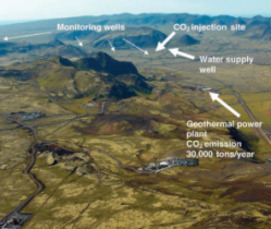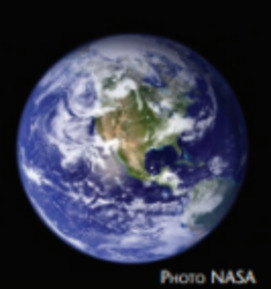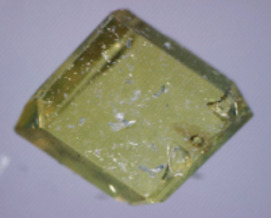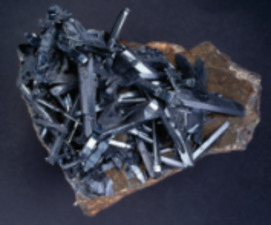Water: Is There a Global Crisis?
Providing safe drinking water to the world’s 6.9 billion and growing population is one of the greatest challenges of the century. Consideration of the global water cycle, however, shows that the available renewable freshwater resources exceed the current human demand by roughly a factor of 10. Scarcity results from the uneven spatial and temporal distribution of water. Over-withdrawal of surface water and groundwater has led to depletion of water resources and environmental damage in some regions. In many developing countries, inadequate sanitation is a major cause of disease. These problems can be solved through the improved management of water infrastructure and water resources, advances in technology, and a valuation of water that reflects its importance to society. The role of Earth scientists in addressing the global water crisis is crucial. Indeed, resource monitoring, development of novel waste-water treatment technologies, and determination of the quantities of water that can be withdrawn without causing adverse effects on the environment will be essential for the efficient management of global water resources in the future.
Water: Is There a Global Crisis? Read More »






